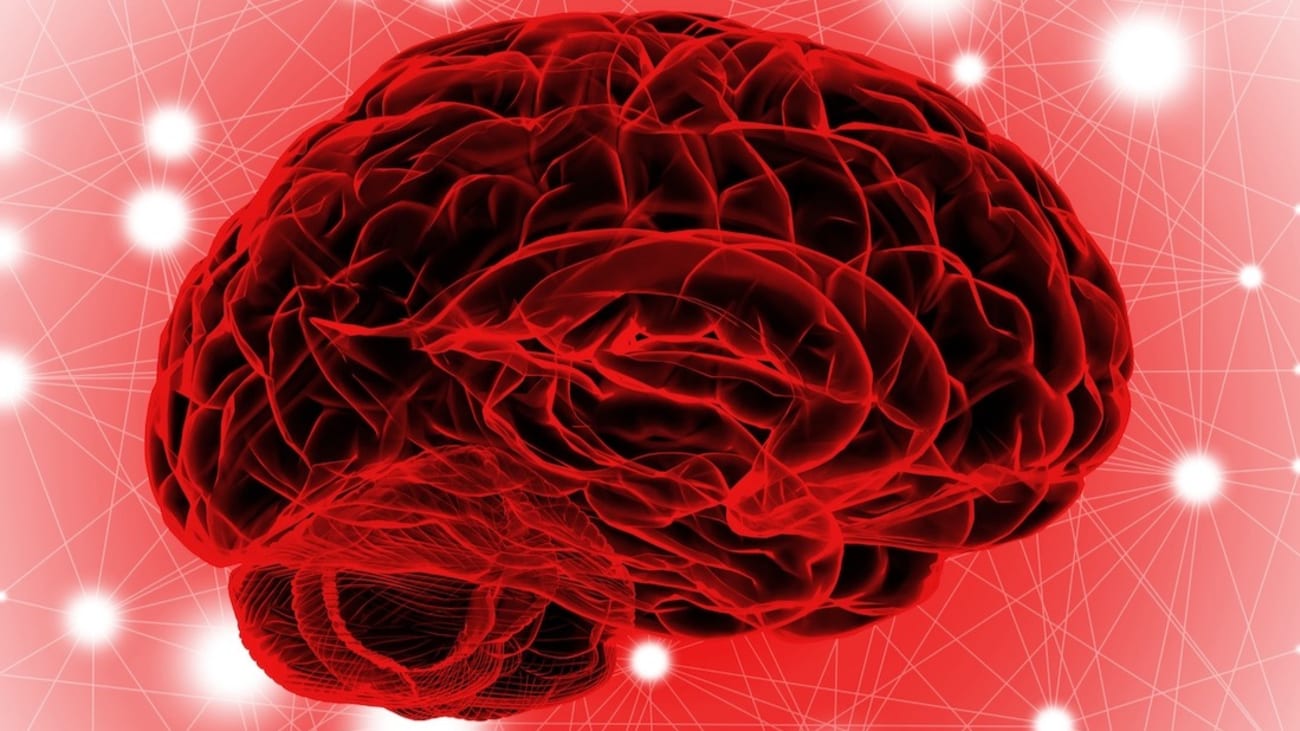

UTSW preclinical research combining focused ultrasound with nitrous oxide could improve safe delivery of gene therapy to the brain
Nitrous oxide, a commonly used analgesic gas, temporarily improved the opening of the blood-brain barrier (BBB) to allow gene therapy delivery in mouse models using focused ultrasound (FUS), UT Southwestern Medical Center researchers report in a new study. Their findings, published in Gene Therapy, could eventually lead to new ways to treat a variety of brain diseases and disorders.

Bhavya R. Shah, M.D., is Associate Professor of Radiology, Neurological Surgery, and in the Advanced Imaging Research Center at UT Southwestern. He is also an Investigator in the Peter O'Donnell Jr. Brain Institute and a member of the Center for Alzheimer's and Neurodegenerative Diseases.
“The approach we explored in this study has the potential to advance care for diseases of the brain that can be treated by targeted therapeutic delivery,” said study leader Bhavya R. Shah, M.D., Associate Professor of Radiology, Neurological Surgery, and in the Advanced Imaging Research Center at UT Southwestern. He’s also an Investigator in the Peter O’Donnell Jr. Brain Institute and a member of the Center for Alzheimer’s and Neurodegenerative Diseases. Deepshikha Bhardwaj, Ph.D., Senior Research Associate at UTSW, was the study’s first author.
The BBB is a highly selective border of semipermeable cells that line tiny blood vessels supplying blood to the brain. It is thought to have developed during evolution to protect the brain from toxins and infections in the blood. However, the BBB also impedes the delivery of drugs that could be used to treat neurologic or neuropsychiatric conditions, such as Alzheimer’s disease, multiple sclerosis, or brain tumors. Consequently, researchers have worked for decades to develop solutions that can temporarily open the BBB to allow treatments to enter.
Recently, scientists discovered they could open the BBB in targeted brain areas by intravenously delivering a solution containing microscopic bubbles (microbubbles), then exposing targeted brain regions to FUS. This causes the microbubbles to oscillate, which temporarily increases the permeability of the BBB. However, the concentrations of microbubbles and FUS pressure necessary to open the BBB can pose potential risk to brain tissue.
In the new study, Drs. Shah and Bhardwaj and their colleagues tested a novel approach that significantly reduced the microbubble concentrations and FUS pressure needed to temporarily open the BBB. In mouse models, the researchers tested nitrous oxide, rather than medical air, during the BBB-opening procedure. Nitrous oxide is known to expand microbubbles made of other gases.
Their experiments showed that nitrous oxide required up to 1,000 times lower concentrations of microbubbles and significantly lower FUS pressure to open the BBB compared with air. Lower microbubble doses and FUS pressure posed significantly less risk than the standard procedure.

First author Deepshikha Bhardwaj, Ph.D., is a Senior Research Associate at UT Southwestern.
As proof of principle, the researchers tested their new approach by delivering a gene that produces a glowing green protein. The results showed significantly greater uptake of the gene than when breathing air, seen in a brighter glow from the targeted brain regions.
The researchers’ next step will be to safely test this approach in clinical trials.
Other UTSW researchers who contributed to this study include Marc Diamond, M.D., Director of the Center for Alzheimer’s and Neurodegenerative Diseases and Professor of Neurology and Neuroscience; Rachel Bailey, Ph.D., Assistant Professor in the Center for Alzheimer’s and Neurodegenerative Diseases and of Pediatrics; Sandi Jo Estill-Terpack, B.S., Lab Manager in the Diamond Lab; Darren Imphean, M.D., Radiology resident; and Venugopal Krishnan, Ph.D., postdoctoral researcher.
This study was funded by a UTSW High Impact Grant.
